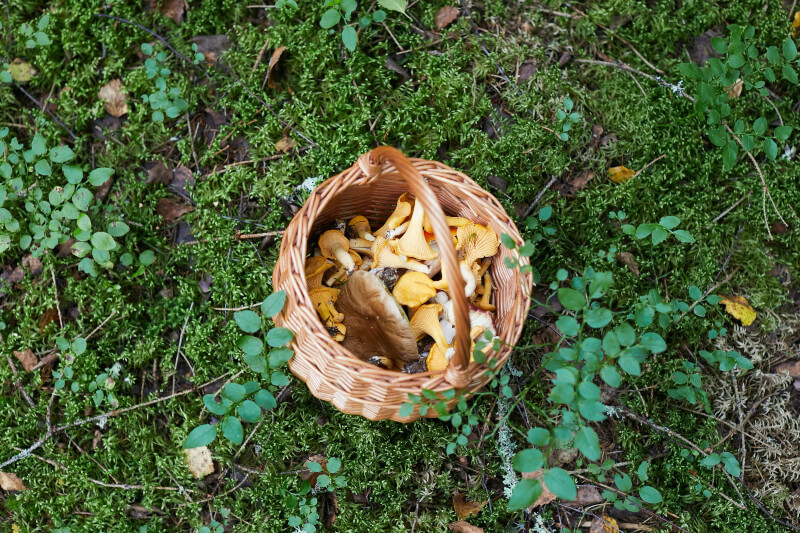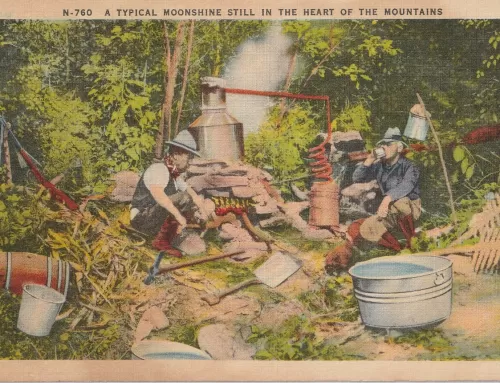Take a hike through the forest, cool off in a waterfall, or explore the majestic birds of the Great Smoky Mountains and you’ll discover delicious food hiding in plain sight! Nature’s edible bounty is right at your fingertips…if you know what you’re looking for. You’d be amazed at the nutrition that is ripe for foraging in these misty mountains. Read on to discover how to live off the land with these delectable edible delights.
Pine Trees
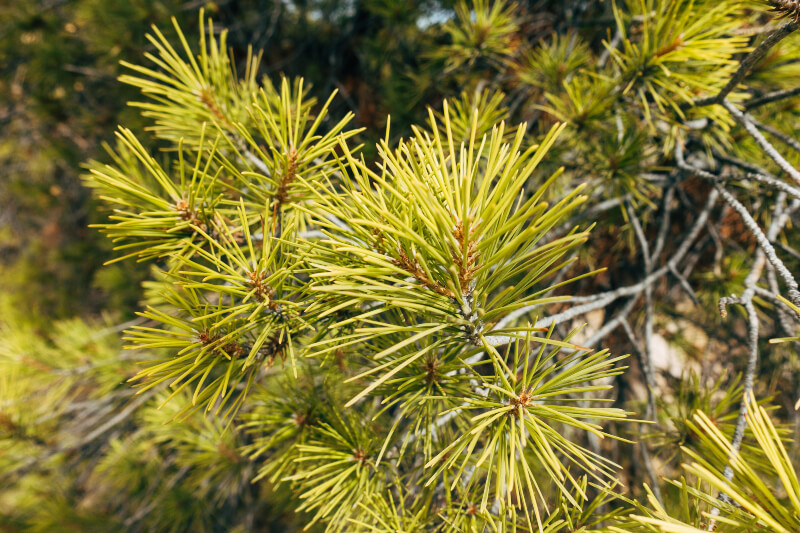
Everywhere you look in the Smokies, you’ll see a pine tree, which makes this edible plant both abundant and delicious. Several parts of the pine tree have a variety of uses, from medicinal to practical, but if you brew the young green pine needles, you’ll get a strong tea that is high in vitamins A and C (Add a spoonful of sugar for a tasty post hiking treat!
Edible Wild Dandelions
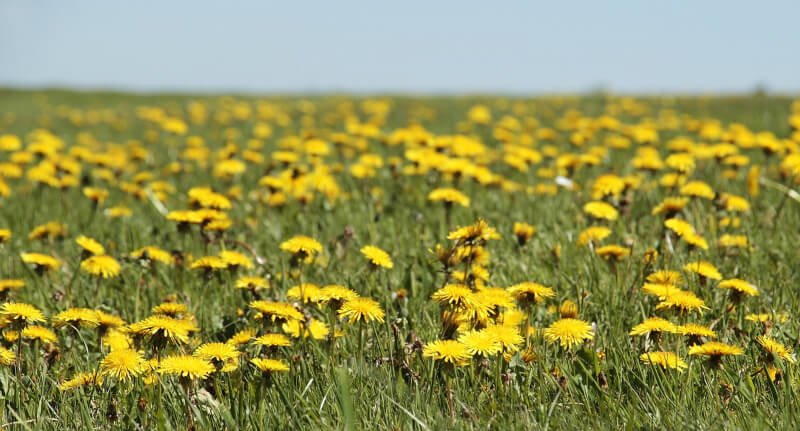
Every single part of the dandelion is edible. If you’re using it in a salad or stir-fry, pick the youngest, greenest leaves, usually in the center of a bunch. Don’t add too many. Otherwise, your lunch will have a bitter taste. Throw in the blossoms for a pop of color and crunch. Dandelions are also a medicinal plant – great for the liver. And the roots can be chewed on or brewed into a strong drink.
Redbud
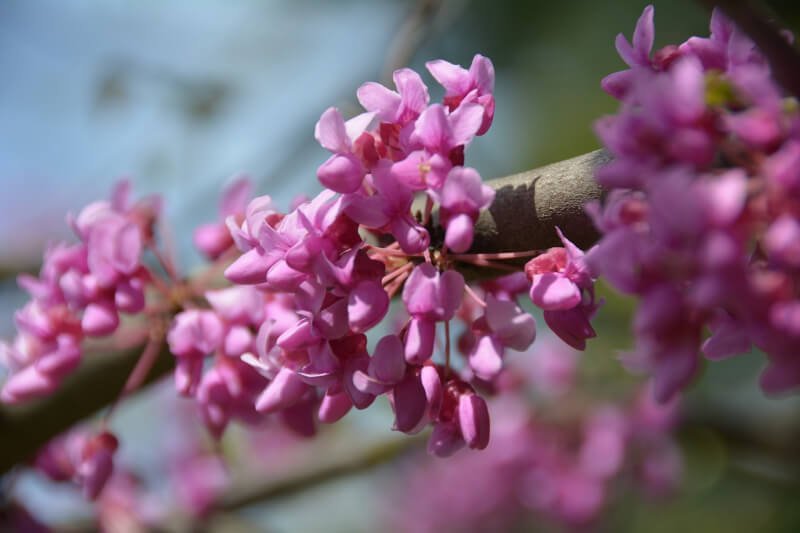
The blooms of the redbud taste like snow peas and add a delicious flavor to any stir-fry dish or salad. They also contain large amounts of vitamin C, and their bright color adds a gorgeous visual presentation to any dish.
Elder

Elder has a wide variety of uses. Their berries, flowers, and leaves can all be used to make flavorful cordials, syrups, and even medicine. Elderberry tea is known to help ease the painful symptoms of rheumatism. Its dried flowers make tasty fritters when you fry them up in pancake batter. And the berries are popular to use in jelly and jams. The Cherokee made a decoction of red elderberry roots to treat various digestive issues.
Deerberry
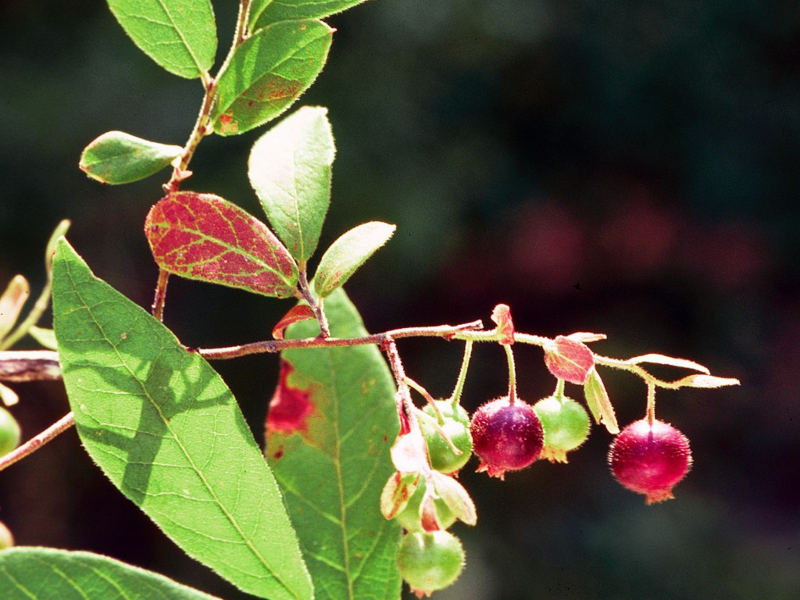
Red mulberries are typically found at low elevations and make for great jellies, pies and wine. They’re popular with birds and other wildlife too. So, you’ll have some competition for these juicy and delicious treats.
Wood Sorrel
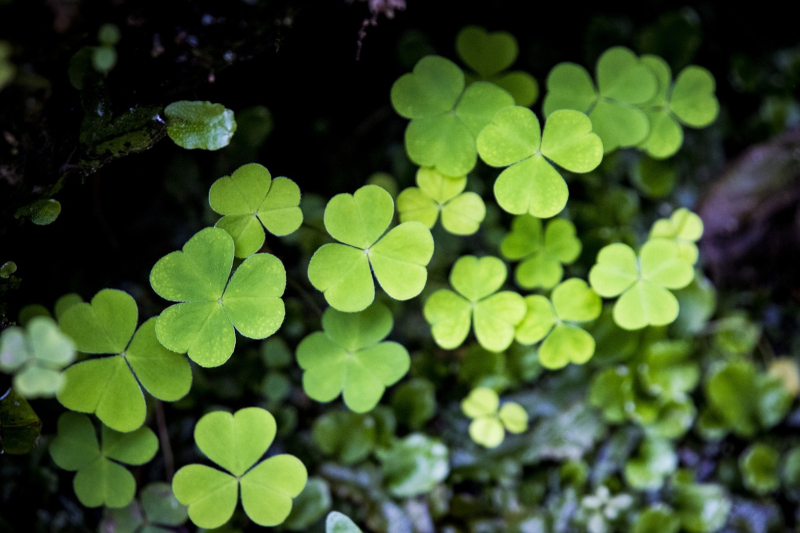
Wood sorrel is a delightful edible plant found in the Smoky Mountains, high in vitamins C and A. Its lemony taste is a great addition to a morning salad – although the flavor can be strong. So, use it in moderation. Because of its three heart-shaped leaves, it is often confused with clovers or shamrocks. You can tell the difference by the leaf shape – sorrel leaves are heart-shaped while clover leaves are oval.
Chicory
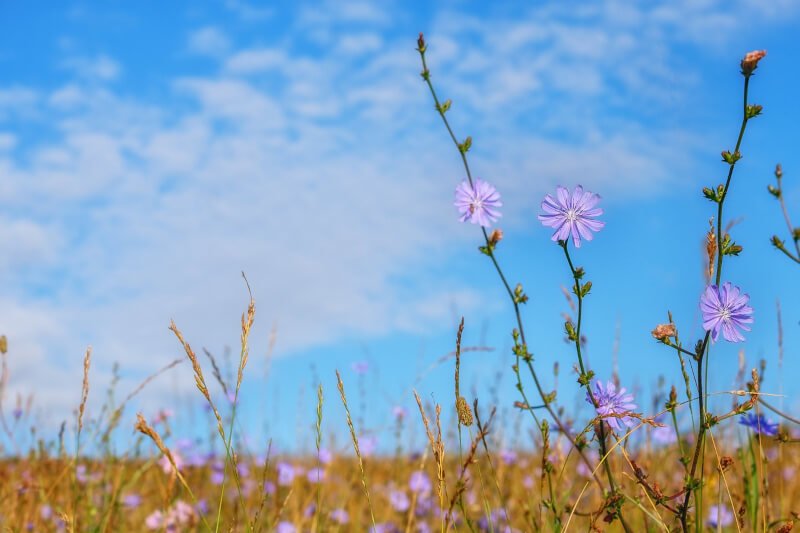
Chicory is probably best known as an alternative to coffee. You can harvest the roots and dry them or store them to make a steaming cup of a rich, deep, and flavorful drink. But this purple flowering plant has more uses than that. The leaves can be eaten raw in a salad, and the roots can be boiled and eaten as a vegetable – not just as coffee.
Wild Garlic
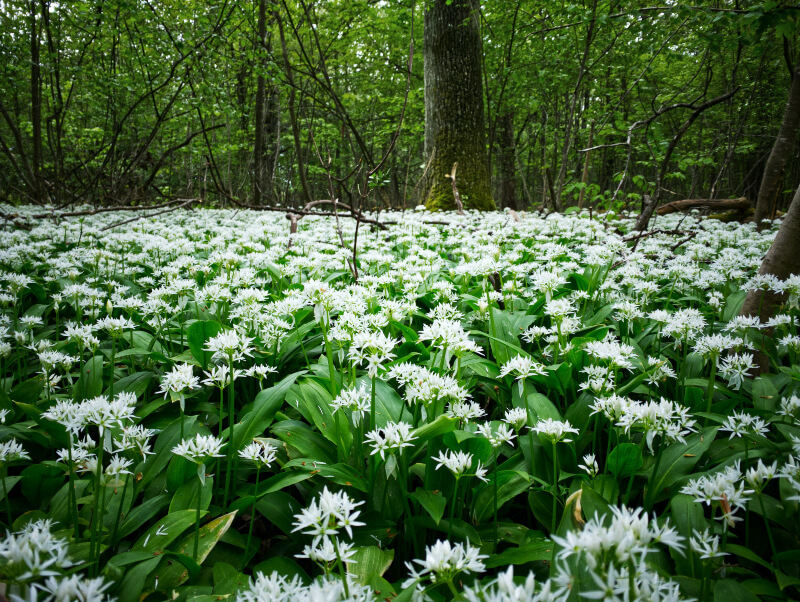
Use the leaves of wild garlic in the same way you might use chives. Chop them up and sprinkle a small amount in a salad or on top of a baked potato. Or cook them down to mellow out the flavor. Some of the health benefits of this popular edible plant in the Smoky Mountains are vitamins A and C, calcium, and iron. They also have antibacterial and antibiotic properties.
Wild Onions (Scallions)
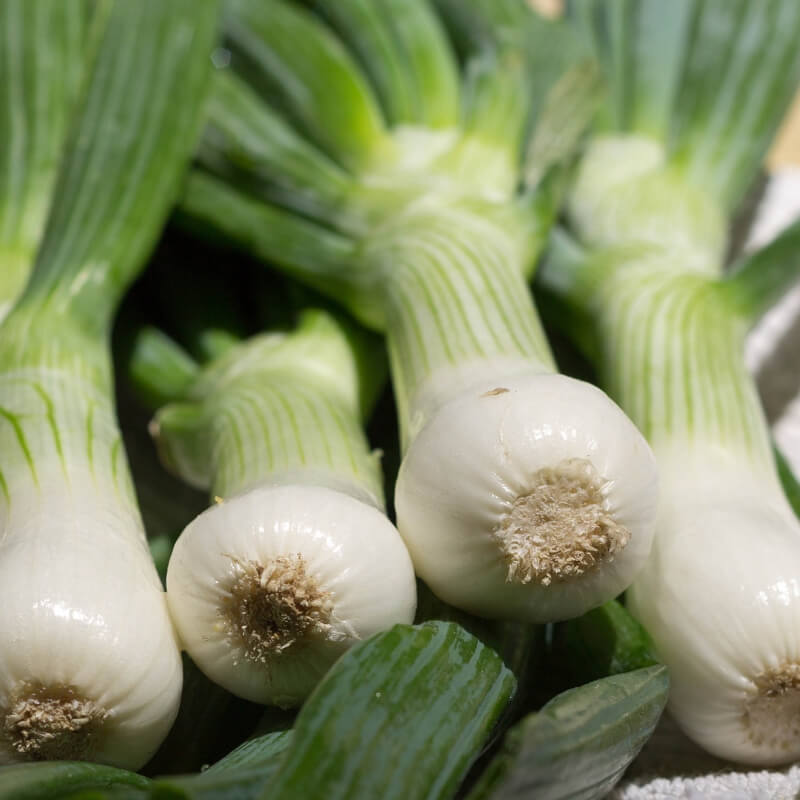
Scallions have round, almost hollow tube-like stems and grow either in clusters or as single shoots. The bulby root and the green stalks are both edible. And if you happen to have a little olive oil with you, mix it with some wild garlic and mushrooms, and you’ve got a tasty dinner!
Oyster Mushrooms
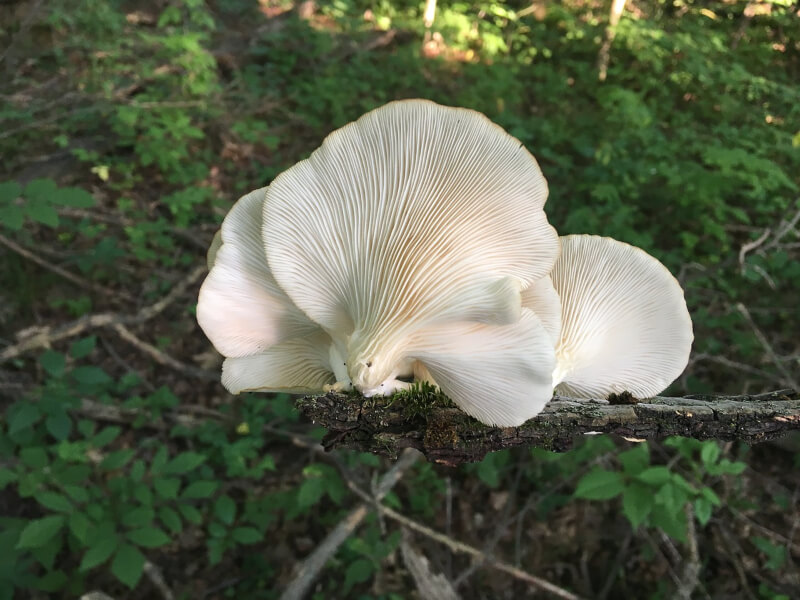
These nutritious gems, with their floppy, oyster-like appearance, are loaded with fiber, vitamins, minerals, and other important nutrients. They’re found all along the Appalachian Trail and are the perfect addition to your garlic and onion stir-fry. You’ll most commonly spot them on logs or tree trunks, so keep an eye out!
Ginseng

PLEASE NOTE:
This article is for education and entertainment purposes only. Please consult an expert when foraging. Be sure to confirm the identity and health effects of any and all plants before eating them. Never eat anything that you are not 100% sure about. Some edible plants in the Smoky Mountains must be cooked before eating. Some parts of plants are edible, while another part of the same plant may be poisonous. Do not experiment if you are not completely sure about what you are eating. Do your research beforehand and always ask an expert.
To learn more about plants of the Smoky Mountains (especially heirloom seeds) check out this episode of the Gateway to the Smokies Podcast with host, Joseph Franklyn McElroy.

